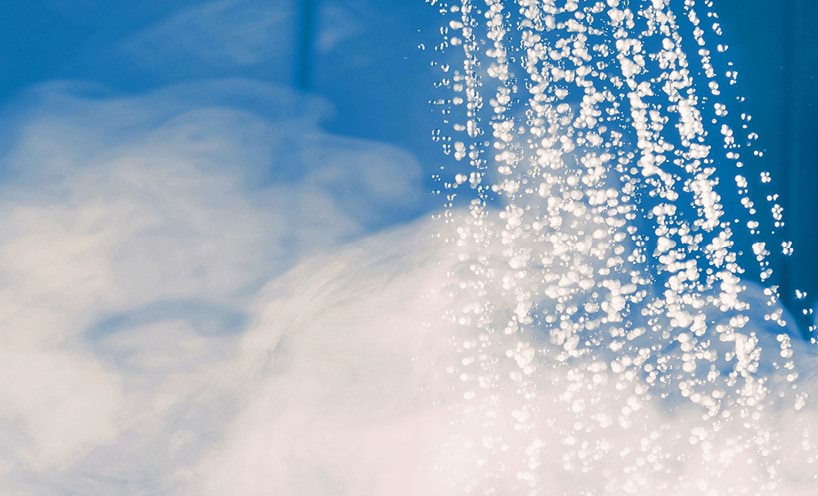What size system suits your household?
Working out the right size for your new hot water system is one of the most important aspects of system selection. Sizing is a trade-off between cost and performance, and a key element of performance is the level of risk of running out of hot water!
The system should be sized for the dwelling, not necessarily its occupants. People sell houses and move on, but the hot water system stays.
It is generally accepted that each person will use around 50 litres of hot water per day, and in a storage system it is good to have 1.5 days capacity. A three-bedroom house can comfortably accommodate four people and so it should have a 300-litre tank, even though it may currently be occupied by a retired couple.
Also think about whether the dishwasher and washing machine need plumbed hot water. These appliances often include in-device water heating these days, which reduces household hot water storage requirements.
Sizing a solar hot water system
Solar hot water systems are configured as a tank and collectors. The number of collectors or evacuated tubes for a given tank size may vary, depending on the local climate and expected patterns of water use at home.
Sizing a heat pump hot water system
The smallest tank size will nearly always give the lowest energy use for heat pumps, but don’t go smaller than your household actually needs or you may run out of hot water.
Often sizing is based on very generous assumptions, leading to large tanks, which you may not need. Since heat pump systems can heat efficiently at any time of day, you may be able to select a smaller tank. Each manufacturer has their own recommendations, so refer to those for guidance.
What type of tank should I consider?
A mains pressure tank is common for both solar and heat pump hot water systems.
Mains pressure tanks
Most tanks used in heat pump and solar thermal hot water systems are mains pressure tanks, much like the tanks used in regular gas and some electric water heaters.
Gravity feed or constant pressure tanks
Some systems use constant pressure tanks, often called gravity feed tanks, which might suit when the water is supplied from a rainwater tank.
Legionella
The entire volume of any storage water heater, regardless of energy source, must reach 60°C for half an hour at least once a week to prevent the growth of Legionella bacteria.
Updated


